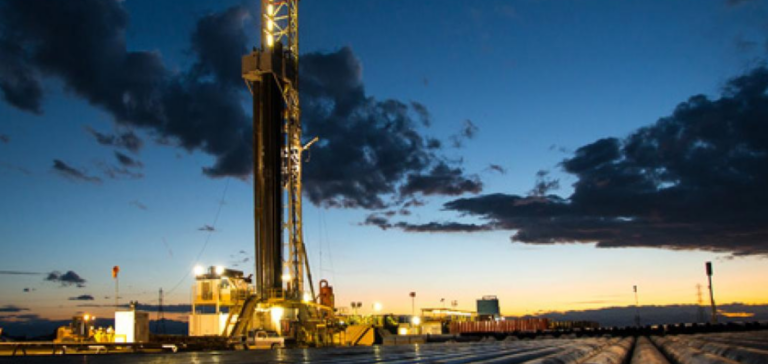Faced with growing fuel demand and rapidly dwindling annual quotas, China is planning to increase fuel import quotas for independent refineries. This decision, motivated by a combination of economic and logistical factors, could have major implications for the global oil market.
According to refining industry sources, fuel oil import quotas for 2023 could be increased by 3 million metric tons for non-state-owned companies. This increase comes at a time when annual quotas, set at 16.2 million metric tons at the beginning of the year, are rapidly running out. Historically, these quotas have remained stable, due to low refining demand and abundant crude oil imports.
Impact on Independent Refineries and the World Market
The authorities allocate fuel oil import quotas on a case-by-case basis, unlike crude oil import or petroleum product export quotas, which they allocate to each oil company. Refineries or oil companies must bid for each cargo until the annual limit is reached, following a principle of
“first come, first served
This year, the combination of competitive Russian fuel oil prices, strong refining margins in the first half and the limited availability of crude oil import quotas led small independent refineries to almost entirely exhaust their fuel oil import quotas of 16.2 million metric tons by the end of October. According to customs data, China imported 17.38 million metric tons of fuel oil in the first nine months of 2023, more than double the 7.65 million metric tons in the same period the previous year.
Fuel Price Dynamics and Economic Consequences
Some independent refineries paid around 10 yuan per metric ton to obtain imported fuel oil via state trading companies, using their import quotas. Despite the shortage of fuel oil quotas, this situation had no major impact on fuel oil volumes, but did result in higher costs. According to a Shandong-based analyst, although some independent refineries are seizing this opportunity to import a few extra cargoes of fuel oil, supply appears to be tight, limiting imports.
Suppliers offered Russian M100 fuel oil, a competitive feedstock choice, at a premium of around $70-75/metric ton to the MOPS 380 CST HSFO assessment, up from $65-70/metric ton the previous week. Trade sources also point to the limited availability of crude oil import quotas as the main reason for independent refineries’ growing appetite for imported fuel oil.
This potential increase in China’s fuel oil import quotas could have a major impact on the global oil market. This situation shows that the oil sector is facing logistical and economic challenges, and also highlights China’s growing dependence on oil imports to meet its energy needs.






















